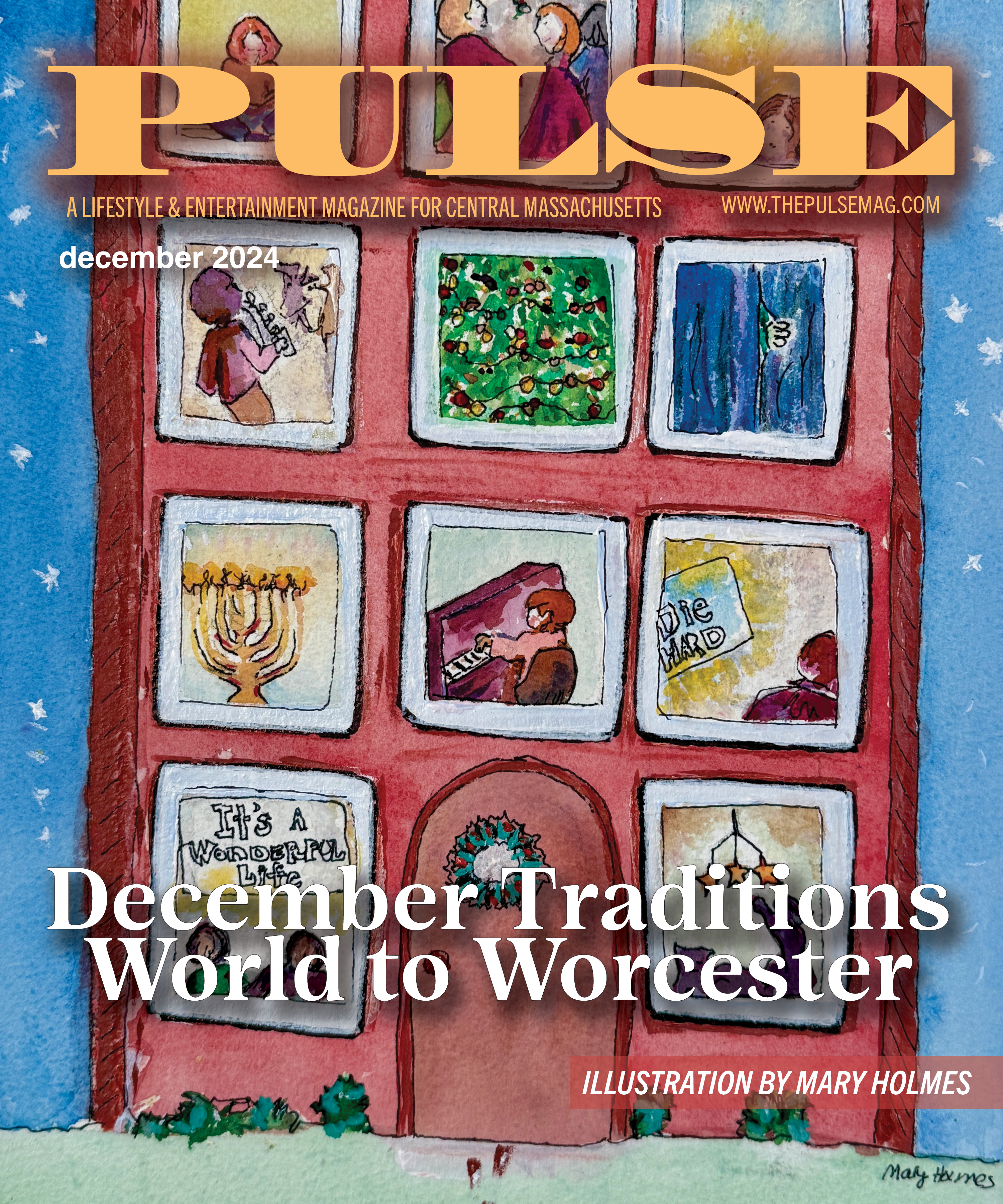The Fascinating History of Everything in Your Closet, by Tim Gunn and Ada Calhoun
By Stephanie Monahan
For most people, getting dressed in the morning is just another part of our routine ~ dressing appropriately for work or school or the weather, we choose a sweater or jeans or a pair of sandals. But according to Tim Gunn, best known as a mentor to the designers on “Project Runway,” the fashion decisions we make are more complicated than we realize. In Tim Gunn’s Fashion Bible: The Fascinating History of Everything in Your Closet, Gunn focuses on modern American fashion, exploring what twenty-first century Americans wear… and why.
Each chapter in this thick, glossy coffee-table book is dedicated to the pieces of clothing common to all our wardrobes ~ from T-shirts and jeans to hats, scarves, and belts ~ and explains the origins of what we wear and how certain pieces became stylish. The modern wrap dress, for example, owes its roots to Ancient Greece, while more tailored women’s apparel can be traced back to the stylings of ancient Egypt’s Cleopatra. Meanwhile, uncomfortable women everywhere can thank Scarlett O’Hara’s stubborn baby weight for the popularity of corsets and, more recently, Spanx.
Gunn’s book is packed with the intriguing backstory of the seemingly mundane. Back in high school, we all learned about Eli Whitney’s cotton gin, but Gunn teaches us its modern-day effect: the surge, and eventual saturation, of T-shirts in every American’s wardrobe. Gunn also speaks to what we communicate to each other by our fashion choices. In the 90s, when grunge overtook pop culture, women ditched high heels, a sign of status, for thick-soled, utilitarian Doc Martins. Slogan T-shirts, he explains, helped foster Malcom X’s social movement and helped move the T-shirt from undergarment to fashion staple. “Nothing that we wear,” according to Gunn, “is an accident.”
In addition to the history of what’s inside our closet, Gunn offers tips on how to wear it, with sidebars on topics like how to wear a belt, which jeans are right for you, and how to tell if a T-shirt fits. Gunn’s love of and enthusiasm for fashion is apparent on every page, and he writes about the topic in a way that makes the reader care, too. “If you have a limited range of outfits,” he says, “it is as though you have a limited range of words in your vocabulary.” This book goes a long way in helping the average American expand his or her fashion horizons.






